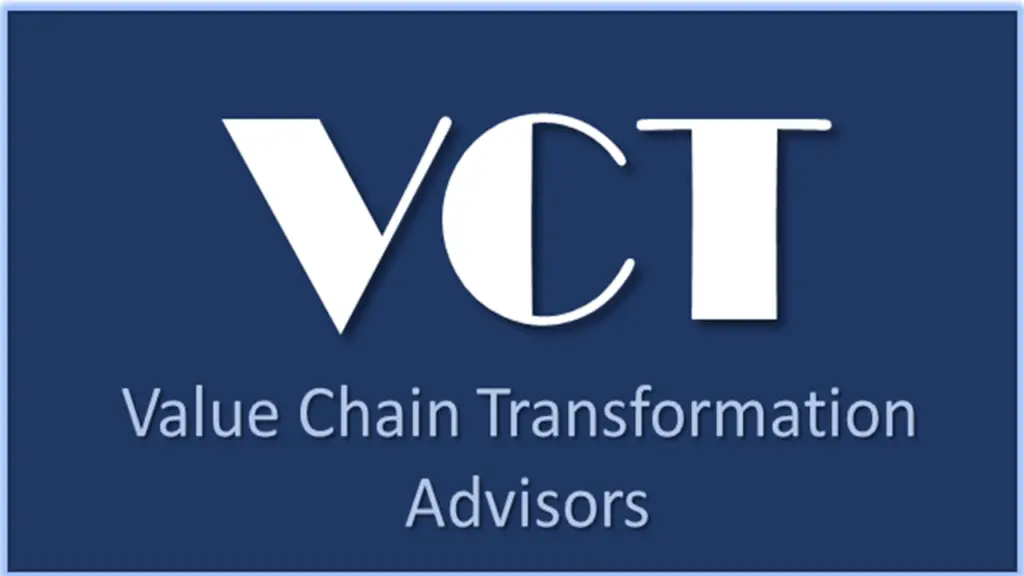Getting the most out of your supply chain can be the difference between profit and loss in today’s landscape. Seeing the need for greater agility and resiliency, industry leaders may identify bottlenecks and undertake a sweeping initiative to address all their issues at once — but that’s not the right way to drive value. Supply chain continuous improvement takes a steadier approach to elevating your logistics operations, improving your operations with less system shock. The result is a sustainable, evolving culture of improvement that sharpens your competitive edge more and more over time.
Here’s how supply chain continuous improvement works and why it works better than a complete system overhaul.
What Is Supply Chain Continuous Improvement?
Supply chain continuous improvement is the process of consistently identifying performance issues in your logistics network and taking continual, gradual measures to solve them. It’s evolution rather than revolution.
Massive one-off projects to change the entire supply chain often consume a great deal of time, effort, and money. Plus, the inevitable adjustment process can lead to disruptions, hindering your operations all the more. Continuous improvement helps your organization avoid this.
The Concepts and Origins Behind Supply Chain Continuous Improvement
By adopting a series of iterative process improvements methodologies, continuous improvement programs draw upon multiple strategies to streamline their processes, standardize workflows, and even improve customer satisfaction. A few tactics that a continuous improvement program may use to drive change are:
- Lean, which improves quality, increases efficiency, and shortens lead times by rooting out waste
- Kaizen, which fosters a culture of improvement by emphasizing company-wide engagement and standardization (Kaizen, translated from Japanese, where the phrase originated, means “Change for the better.”)
- The PDCA Cycle (Plan, Do, Check, Act), which mitigates the risk of errors by prioritizing checks and visibility
Each of these continuous improvement methodologies can enhance your supply chain processes in different ways, and many contain entire subsystems themselves. However, their overarching goal is the same: to drive operational excellence across your entire supply network by always finding new opportunities for improvement.
The Business Case: Why Incremental Beats Overhaul
A few major advantages of incremental continuous process improvement in supply chain management are:
- Lower risk. Whether it’s working with a new supplier or implementing a new digital transformation solution, some supply chain overhauls carry risks you won’t discover until it’s too late. Adopting a continuous improvement approach lets you advance supply chain outcomes gradually, allowing for better risk mitigation.
- Greater cost savings. Massive supply chain renovations consume valuable company resources — some of which executives may be unwilling to part with. Continuous improvement finds ways to gradually improve your supply chain operations, costing you less while you do more.
- Fewer disruptions. Incremental, continuous improvement is less disruptive than large-scale replacements or overhauls. It still adds value to your supply chain operations, but without impacting day-to-day processes or interfering with your business continuity.
Between rising inflation, product demand volatility, and fluctuating consumer expectations, companies already face a host of external pressures. Massive overhauls place added internal stress on your supply chain, complicating your operations all the more. The continuous improvement model adds sustainable innovation to your supply network without the stress of a complete overhaul, keeping your risks, costs, and disruptions to a minimum at the same time.
7 Core Pillars of Continuous Improvement in the Supply Chain
Far more than a single project, continuous improvement requires a holistic approach to your entire supply network. Continuous improvement efforts rest upon a set of core pillars that are used to incrementally optimize your processes from end to end. They are:
- Data-Driven Decisions: Basing supply chain-related decisions on quantifiable metrics and evidence, instead of just on a hunch
- Technology as an Enabler: Leveraging the latest technologies such as blockchain, AI, IoT devices, and automation to achieve better supply chain performance
- AI & Machine Learning: Implementing advanced algorithms and mathematical models to detect patterns, forecast demands, and predict outcomes before they occur
- Automation for Efficiency: Integrating automated technology into supply chain management platforms to reduce human error, maximize efficiency, and streamline your processes
- Employee Engagement: Receiving feedback from frontline employees regarding potential process improvements, fostering a culture of trust and innovation as a result
- Ongoing Evaluation: Continuously monitoring current supply chain performance to identify inefficiencies while tracking key performance indicators (KPIs) to evaluate the effectiveness of current initiatives.
- Change Management: Minimizing any disruptions caused by changes to your operations
Together, these pillars of continuous improvement bring together your people, tools, and processes to drive innovation, reduce supply chain uncertainty, and maximize efficiency.
Step-by-Step Gains: Continuous Wins Across the Supply Chain
GAINS has seen firsthand how small tweaks can create major results when implemented correctly. Our customers have realized significant savings and improved efficiency by making incremental improvements across their supply chain operations. Supply chain leaders chose GAINS for:
- Forecasting accuracy. Demand forecasting yields actionable insights regarding potential swings in consumer demand. By adjusting your production and inventory according to upcoming trends, you’ll be better equipped to anticipate abrupt market shifts, so that you can prepare your supply chain accordingly.
- Inventory right-sizing. An overstocked and imbalanced inventory wastes valuable space, costs you money, and weighs down supply chain workflows. Continuous inventory right-sizing leverages real-time visibility and monitoring to ensure that you have just what you need where you need it..
- Supplier collaboration. Getting a product to consumers often requires close coordination with other suppliers. Continuous improvement creates a team-oriented approach to fulfillment, fostering greater collaboration with other suppliers.
- Order fulfillment. Which parts of your supply chain are hindering your customers from getting their products the most? Continuous improvement measures supply chain inefficiencies from procurement to delivery, revealing barriers to your order fulfillment.
Continuous improvement provides ongoing innovation to each layer of your supply chain, achieving your goals at a sustainable scale.
Measuring What Matters: KPIs for Improvement
Measuring your progress is critical for supply chain continuous improvement, and that means monitoring the right KPIs to assess the effectiveness of your program. The exact KPIs you use will vary depending on which part of your supply chain you want to improve, but some common ones are:
- Inventory velocity: The speed at which raw materials and inventory move through your supply chain. This helps identify potential bottlenecks in your supply chain processes.
- Inventory turnover: How many times your inventory is completely replaced. This KPI measures how efficiently you convert working capital into profit.
- Inventory days of supply: How much inventory you have on hand Too much or too little indicates a need for better inventory optimization.
- Cash-to-cash cycle time: The amount of time between paying for raw materials or inventory and receiving payment for that inventory or any related services. A high KPI here means that inventory is sitting in warehouses for too long, indicating a need for better demand forecasting.
Just as continuous improvement may modify different supply chain processes at different times, the KPIs that you’ll monitor may change over time as well. Companies evaluating their demand forecasting abilities may monitor cash-to-cash cycle time, while those with imbalanced inventories may look at turnover or days of supply.
GAINS: Your Partner for Fast, Flexible Supply Chain Optimization
Optimizing your supply chain is a long-term endeavor. A complete system reboot can create costly disruptions to your processes and is less likely to generate the buy-in needed for long-term adoption. On the other hand, supply chain continuous improvement consistently finds new ways to drive growth. The process is simpler and more sustainable than a large-scale supply chain renovation, and it creates rewards across your entire organization.
GAINS recognizes that some companies don’t need a full overhaul to optimize their supply chain. That’s why our supply chain management solution helps companies embrace uncertainty and make better decisions without the need for a massive transformation. Our composable platform combines AI with new mathematical models, innovative processes, and human expertise, helping businesses turn uncertainty into opportunity with minimal disruption. This empowers your company to fulfill its promises, balance trade-offs, and stay profitable in unpredictable times.
Request a demo today to discover how incremental changes can lead to major results.



